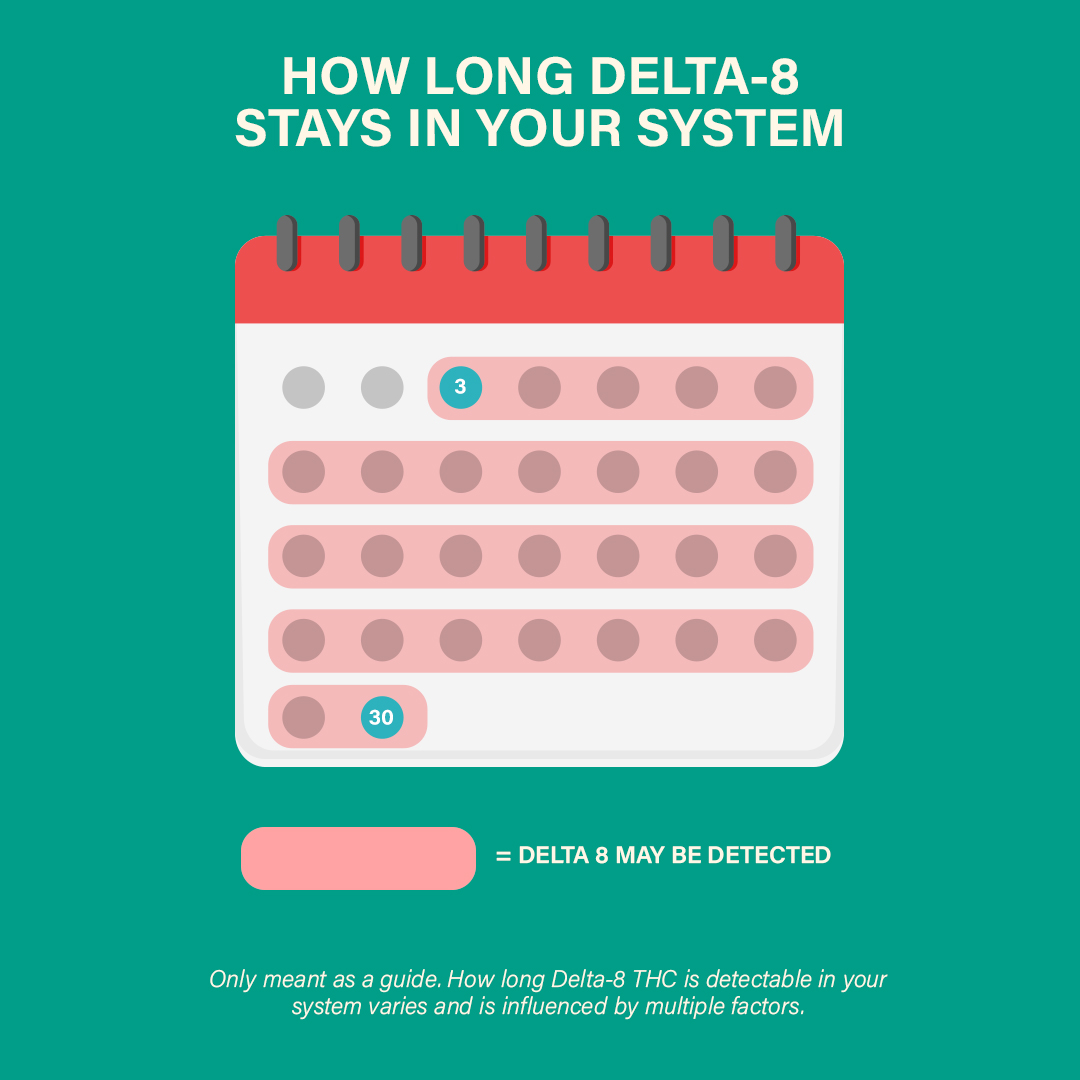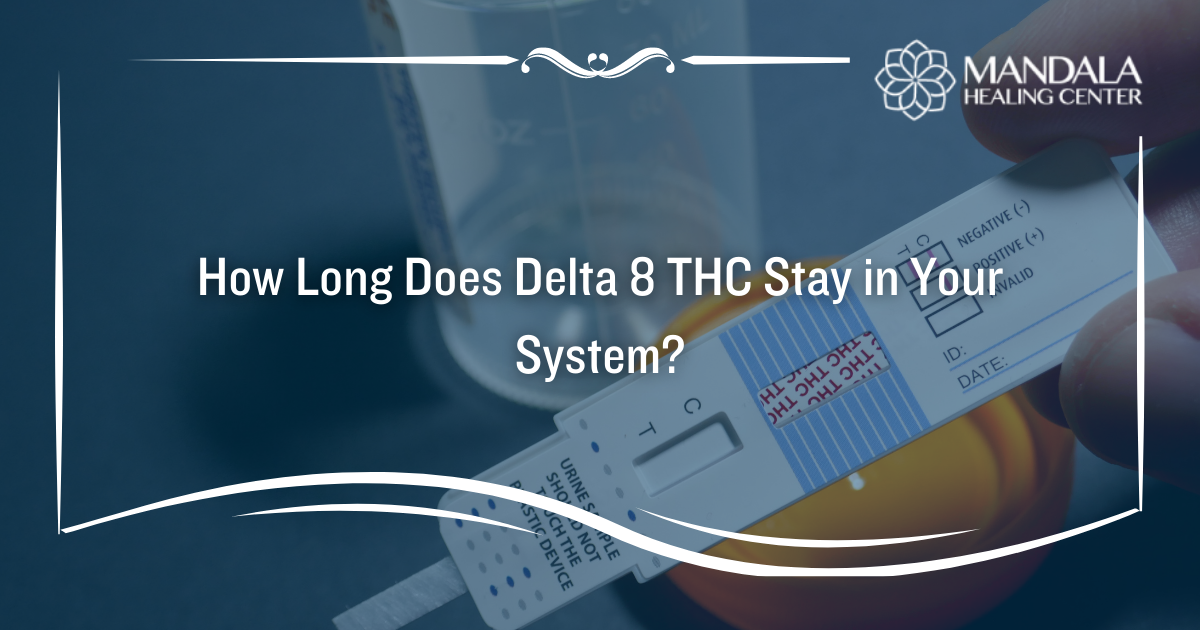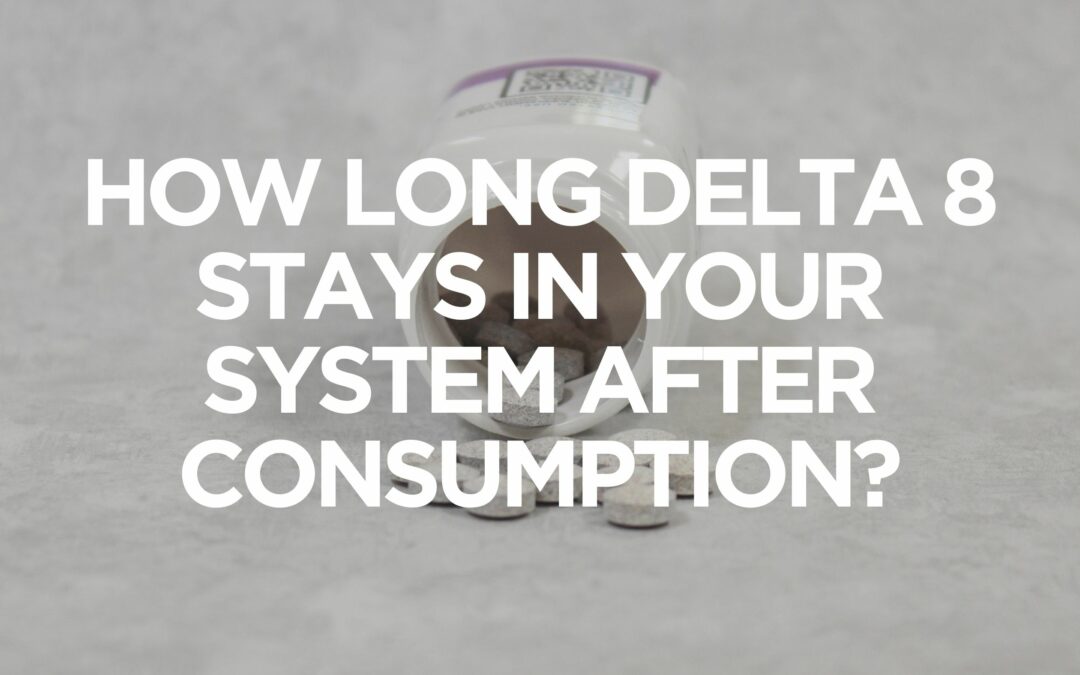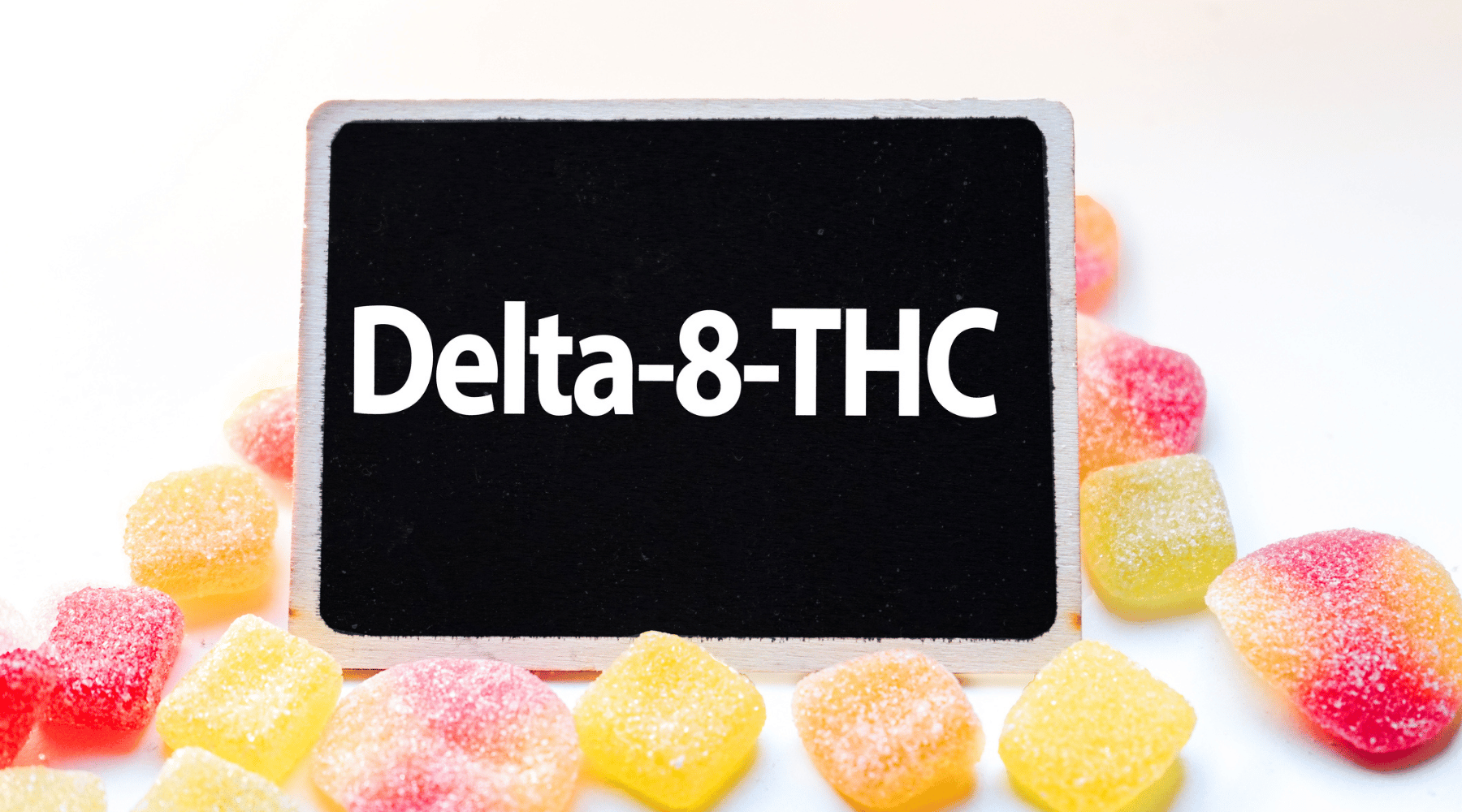How Long Will Delta-8 Stay In Your System
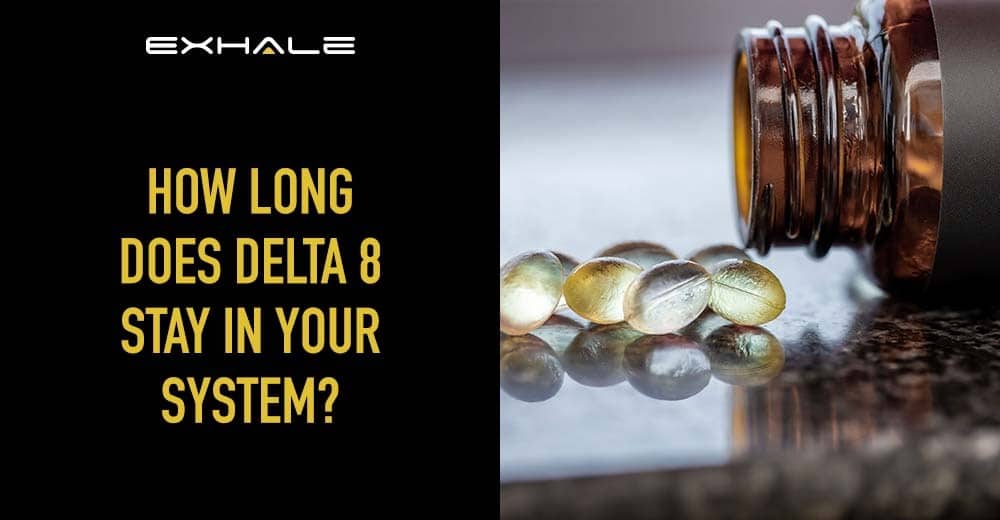
The popularity of Delta-8 THC, a psychoactive cannabinoid found in the cannabis plant, has surged in recent years, prompting increased scrutiny regarding its detection window in the body. Understanding how long Delta-8 remains detectable is crucial for individuals facing drug testing, whether for employment, legal, or other compliance reasons. This article delves into the factors influencing Delta-8's persistence in the system and provides insights into estimated detection times.
The central question surrounding Delta-8 is: How long can it be detected in urine, blood, hair, and saliva? Individual factors play a significant role, impacting how quickly the body metabolizes and eliminates the substance. Ultimately, understanding these variables is key to managing expectations concerning drug testing outcomes.
Factors Influencing Detection Time
Several factors influence how long Delta-8 remains detectable in the body. These include frequency of use, dosage, metabolism, body fat percentage, age, and overall health.
Frequency of Use:
Chronic users of Delta-8 will generally have a longer detection window compared to occasional users. This is because THC and its metabolites can accumulate in the body over time with repeated exposure.
Consistent use leads to a build-up in fat tissues, from which it is slowly released, extending the period it can be detected.
Dosage:
Higher doses of Delta-8 will naturally result in a longer detection time. The body needs more time to process and eliminate a larger amount of the substance.
Metabolism:
Individuals with faster metabolisms tend to process and eliminate Delta-8 more quickly. Metabolic rate varies widely based on genetics, activity level, and other physiological factors.
Body Fat Percentage:
THC is fat-soluble, meaning it binds to fat cells in the body. Individuals with higher body fat percentages may retain Delta-8 and its metabolites for longer periods, leading to prolonged detection times.
Age:
Metabolism tends to slow down with age, potentially extending the detection window for Delta-8 in older individuals. Organ function and overall metabolic efficiency can decline as a person ages.
Overall Health:
The health of the liver and kidneys plays a critical role in metabolizing and eliminating substances from the body. Impaired liver or kidney function can prolong the detection time of Delta-8.
Detection Windows in Different Tests
Different types of drug tests have varying detection windows for Delta-8. Urine tests are the most common, but blood, hair, and saliva tests are also used.
Urine Tests:
Urine tests typically detect Delta-8 metabolites for 3-30 days after the last use. This range varies considerably based on the factors mentioned previously, with frequent users at the higher end of the spectrum.
Many standard drug tests screen for THC metabolites, which are common to both Delta-9 THC (the main psychoactive component in marijuana) and Delta-8.
Blood Tests:
Blood tests have a shorter detection window, typically detecting Delta-8 for 2-7 days after the last use. Blood tests are more invasive and generally used to detect recent use, such as in cases of suspected impairment.
Hair Tests:
Hair follicle tests have the longest detection window, potentially detecting Delta-8 for up to 90 days. These tests analyze a segment of hair close to the scalp, providing a historical record of substance use.
Saliva Tests:
Saliva tests typically detect Delta-8 for 1-3 days after the last use. Saliva tests are often used for immediate detection, such as roadside drug screenings.
Legal Considerations and Regulatory Landscape
The legal status of Delta-8 is complex and varies significantly by state. While federally legal under certain interpretations of the 2018 Farm Bill, many states have explicitly banned or restricted its sale and use.
The lack of standardized testing and regulation raises concerns about product purity and labeling accuracy. Consumers should purchase Delta-8 products from reputable sources with third-party lab testing to ensure quality and safety.
Potential Impact and Conclusion
Understanding the detection window of Delta-8 is crucial for individuals facing drug testing for employment, legal reasons, or other compliance requirements. Given the variability in detection times based on individual factors and testing methods, individuals should exercise caution when using Delta-8 products if they are subject to drug testing.
The ongoing evolution of Delta-8's legal landscape and the development of more specific testing methods will continue to shape its impact on society. It is imperative to stay informed about local regulations and the potential consequences of using Delta-8, particularly concerning drug testing protocols.
Ultimately, awareness and responsible usage are essential in navigating the complexities surrounding Delta-8 and its detectability.
